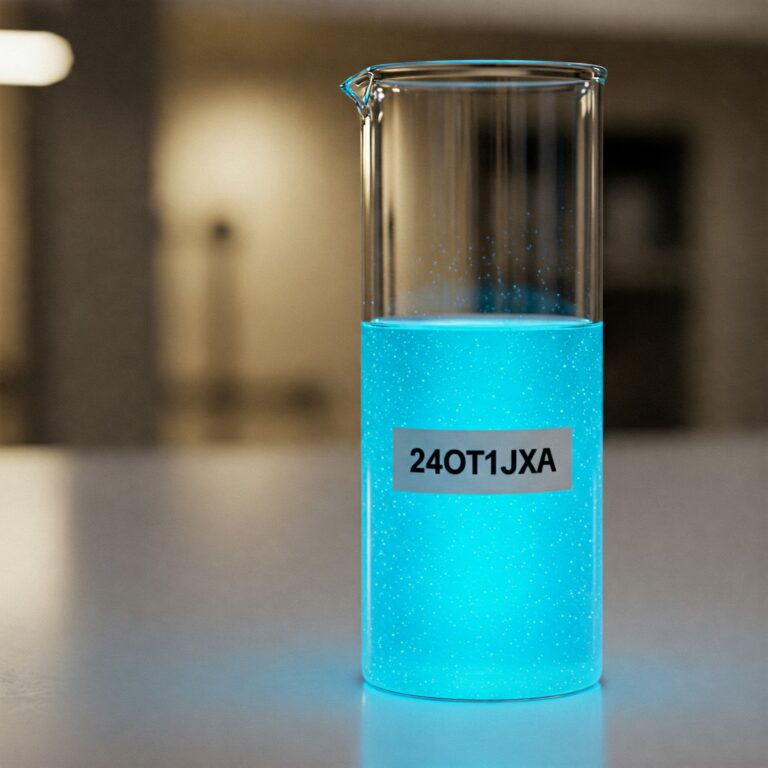In the ever-evolving world of consumer products—whether it’s cosmetics, pharmaceuticals, food, or household goods—ingredients are the building blocks that define safety, effectiveness, and quality. Among the more obscure names making waves is 24ot1jxa, a coded term that has begun to raise eyebrows in ingredient lists, regulatory discussions, and formulation science. But what exactly is 24ot1jxa? Why is it used? And should consumers be concerned or curious? This article offers a comprehensive insight into this mysterious compound.
What is 24ot1jxa?
At first glance, “24ot1jxa” doesn’t resemble the name of any common chemical or botanical ingredient. That’s because it isn’t. 24ot1jxa is most likely a placeholder or proprietary code name used by manufacturers during product formulation stages. It often represents a stabilizing agent, preservative, or functional additive that enhances the shelf life, texture, or bioavailability of a product’s active ingredients.
These types of coded names are not uncommon in the early phases of product development. Sometimes, they’re used to protect intellectual property until a patent is filed or the product hits the market.
Common Applications of 24ot1jxa
While the exact composition of 24ot1jxa is not public, similar placeholder ingredients are typically found in the following product types:
-
Skincare and Cosmetics: To stabilize emulsions or prevent oxidation.
-
Dietary Supplements: To preserve nutrients and improve capsule integrity.
-
Household Cleaning Products: To maintain effectiveness and prevent separation.
-
Pharmaceuticals: As an excipient that ensures drug stability over time.
In most cases, 24ot1jxa acts behind the scenes—not the “hero” ingredient, but one that ensures the rest of the formula performs optimally.
Regulatory Oversight and Safety
Despite its ambiguous identity, any ingredient—coded or otherwise—must comply with international safety standards. If 24ot1jxa is used in commercial products, it is subject to oversight from bodies such as:
-
U.S. Food and Drug Administration (FDA)
-
European Chemicals Agency (ECHA)
-
Environmental Protection Agency (EPA)
-
European Food Safety Authority (EFSA)
Each regulatory body assesses ingredient concentrations, toxicological data, and exposure risk. For instance, stabilizers like 24ot1jxa typically have maximum concentration thresholds:
| Product Type | Max Concentration | Governing Body |
|---|---|---|
| Skin Care Products | 0.3% | FDA / ECHA |
| Dietary Supplements | 0.5% | EFSA / FDA |
| Cleaning Agents | 1.0% | EPA / ECHA |
| Personal Care Products | 0.4% | FDA / ECHA |
Benefits of Using 24ot1jxa

Despite the secrecy surrounding its true identity, the practical benefits of using such an ingredient are substantial:
-
Improved Shelf Life: Reduces oxidation, spoilage, and degradation.
-
Stable Formulations: Prevents separation or crystallization of active ingredients.
-
Enhanced Safety: Minimizes microbial growth, improving overall hygiene.
-
Consistent Performance: Maintains product texture, color, and efficacy.
Potential Concerns
Consumers are right to be cautious about unfamiliar ingredients—especially those with coded names. Here are a few valid concerns:
-
Lack of Transparency: Without a clear name or origin, trust in the ingredient may be reduced.
-
Allergen Risk: Unknown chemical compositions might pose risks for those with sensitivities.
-
Environmental Impact: Biodegradability and toxicity to ecosystems remain unknown until disclosed.
That said, if 24ot1jxa is included in an approved product sold to the public, it has likely passed multiple safety checks.
How to Make Informed Decisions
If you’re a consumer concerned about 24ot1jxa or any similar ingredient, here’s what you can do:
-
Check for Certifications: Look for FDA-approved, organic, or cruelty-free labels.
-
Ask Brands for Transparency: Reputable companies will provide more information when asked.
-
Use Ingredient-Checking Tools: Apps like EWG’s Skin Deep or Think Dirty offer safety ratings.
-
Monitor Your Reactions: If you experience irritation or side effects, stop use immediately.
Conclusion
While the 24ot1jxa ingredient remains somewhat of a mystery, it’s part of a broader trend in product formulation where proprietary or in-development compounds are given code names. Whether you’re a curious consumer or a skeptical one, understanding the role of such ingredients helps you make empowered choices.
Transparency and safety should always go hand-in-hand—and as more companies respond to consumer demand for clarity, we may soon learn exactly what 24ot1jxa is and why it’s used.


